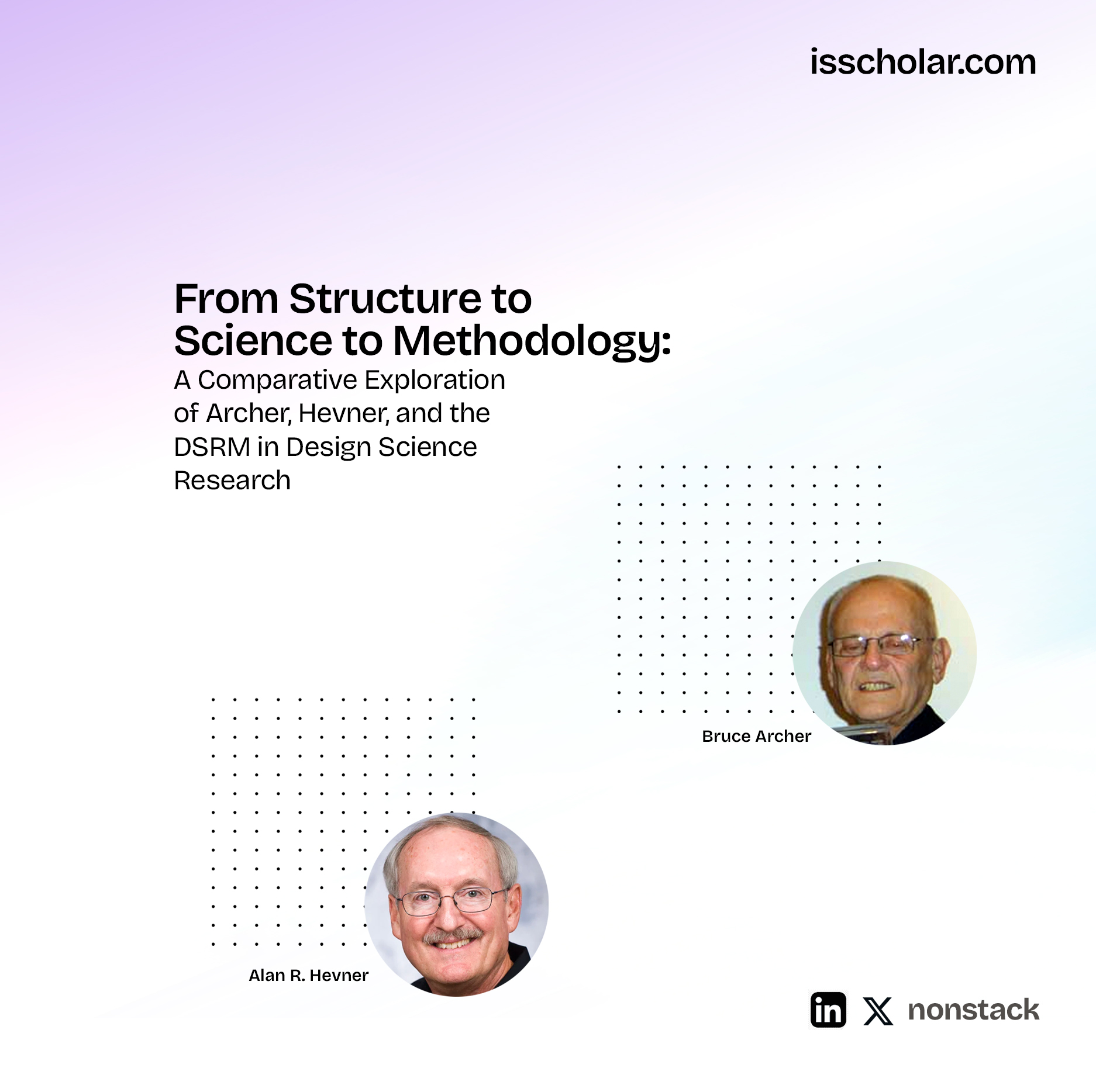Introduction
The philosophy of science underwent a significant transformation in the mid-20th century, largely due to the contrasting ideas put forth by the Logical Positivists (including Karl Popper) and Thomas Kuhn. These differing perspectives fundamentally changed how we understand scientific progress, the nature of scientific knowledge, and the process of scientific inquiry. This article will explore the key differences between these two influential approaches.
Logical Positivism and Popper’s Falsificationism
Logical Positivism, developed by the Vienna Circle in the 1920s and 1930s, and later refined by Karl Popper, held several key tenets:
- Verificationism: Initially, Logical Positivists believed that for a statement to be meaningful, it must be empirically verifiable. This was later refined by Popper into the concept of falsifiability.
- Falsifiability: Popper argued that scientific theories should make predictions that can potentially be proven false. This became a demarcation criterion between science and non-science.
- Cumulative Progress: Science was seen as a cumulative enterprise, with knowledge building upon previous discoveries in a linear fashion.
- Objectivity: Scientists were viewed as objective observers, capable of testing theories without bias.
- Universal Scientific Method: There was a belief in a universal scientific method applicable across all scientific disciplines.
- Rejection of Metaphysics: Anything that couldn’t be empirically tested was considered meaningless from a scientific perspective.
- Theory Choice: Theories were to be accepted or rejected based solely on their ability to withstand rigorous testing.
Kuhn’s Paradigm Shifts
Thomas Kuhn’s 1962 book “The Structure of Scientific Revolutions” presented a radically different view of science:
- Paradigms: Kuhn introduced the concept of scientific paradigms – shared sets of concepts, values, and techniques within a scientific community.
- Normal Science: Most scientific work occurs within an established paradigm, solving puzzles rather than challenging fundamental assumptions.
- Revolutions: Scientific progress occurs through occasional revolutions or “paradigm shifts” rather than cumulative growth.
- Incommensurability: Different paradigms are often incommensurable, meaning they can’t be directly compared due to fundamental differences in concepts and worldviews.
- Subjective Factors: Kuhn argued that subjective and social factors play a crucial role in theory choice and paradigm shifts.
- No Universal Method: Kuhn rejected the idea of a single, universal scientific method.
- Non-Linear Progress: Scientific progress was seen as non-linear, with periods of stability (normal science) punctuated by revolutionary changes.
Key Differences
Now, let’s explore the fundamental differences between these two perspectives in depth:
1. Nature of Scientific Progress
- Logical Positivism: Viewed scientific progress as a continuous, cumulative process. Each new discovery or theory was seen as building upon previous knowledge, gradually approaching a more complete understanding of reality.
- Kuhn: Argued that scientific progress is non-linear and revolutionary. Periods of “normal science” are interrupted by paradigm shifts that fundamentally alter the field’s basic assumptions and methods. This view suggests that science doesn’t necessarily get closer to an objective truth, but rather changes its perspective entirely.
2. Role of Observation and Theory
- Logical Positivism: Emphasized the primacy of observation. Theories were seen as generalizations from observed facts, and observations were considered theory-independent.
- Kuhn: Argued that observations are theory-laden. What scientists observe, and how they interpret those observations, is influenced by their theoretical framework or paradigm. This challenges the notion of purely objective observation.
3. Theory Choice
- Logical Positivism: Believed that theory choice should be based on objective criteria such as empirical adequacy, predictive power, and simplicity. Popper’s falsificationism suggested that theories should be rejected if they fail crucial tests.
- Kuhn: Argued that theory choice, especially during paradigm shifts, involves subjective factors such as scientists’ values, experiences, and even aesthetic preferences. He suggested that the choice between competing paradigms can’t always be made on purely logical grounds.
4. Nature of Scientific Rationality
- Logical Positivism: Assumed that science progresses through the application of universal rational principles. There was a belief in a single, correct scientific method.
- Kuhn: Suggested that rationality is paradigm-dependent. What counts as a good reason or valid evidence might differ between paradigms, challenging the idea of a universal scientific rationality.
5. Relationship Between Successive Theories
- Logical Positivism: Viewed newer theories as subsumptions or extensions of older ones. There was an assumption of continuity and commensurability between theories.
- Kuhn: Introduced the concept of incommensurability. He argued that successive paradigms might be so fundamentally different that their core concepts can’t be directly compared or translated.
6. Role of Social and Historical Factors
- Logical Positivism: Tended to view science as an autonomous enterprise, largely independent of social and historical context.
- Kuhn: Emphasized the importance of social and historical factors in scientific development. He argued that the scientific community’s structure, education, and shared values play crucial roles in determining what questions are asked, what counts as evidence, and how that evidence is interpreted.
7. Demarcation of Science
- Logical Positivism: Sought clear criteria (like falsifiability) to demarcate science from non-science.
- Kuhn: Blurred the boundaries between science and other forms of inquiry. His emphasis on paradigms and their social nature made it more difficult to draw a clear line between scientific and non-scientific activities.
8. Nature of Scientific Terms
- Logical Positivism: Assumed that scientific terms have fixed meanings that can be precisely defined.
- Kuhn: Argued that the meanings of scientific terms often change during paradigm shifts, contributing to the incommensurability between paradigms.
9. Ultimate Goal of Science
- Logical Positivism: Believed that science aims at discovering truth about the world, progressively getting closer to an accurate representation of reality.
- Kuhn: Suggested that science aims at solving puzzles within a paradigm rather than approaching an objective truth. The concept of getting closer to truth becomes problematic in Kuhn’s view due to the incommensurability of paradigms.
Conclusion
The contrast between Logical Positivism and Kuhn’s perspective represents a fundamental shift in how we understand science. While Logical Positivism presented a view of science as a rational, cumulative enterprise progressing towards truth, Kuhn’s ideas introduced elements of subjectivity, discontinuity, and social influence into our understanding of scientific progress.
This shift has had profound implications for how we conduct, interpret, and teach science. It has led to increased attention to the social and historical contexts of scientific work, a more nuanced view of scientific objectivity, and ongoing debates about the nature of scientific progress and rationality.
Understanding these differing perspectives is crucial for anyone engaged in scientific work or the philosophy of science. It reminds us that our understanding of science itself is not fixed, but evolves over time, shaping how we approach the pursuit of knowledge and our interpretation of scientific findings.










Leave a Reply